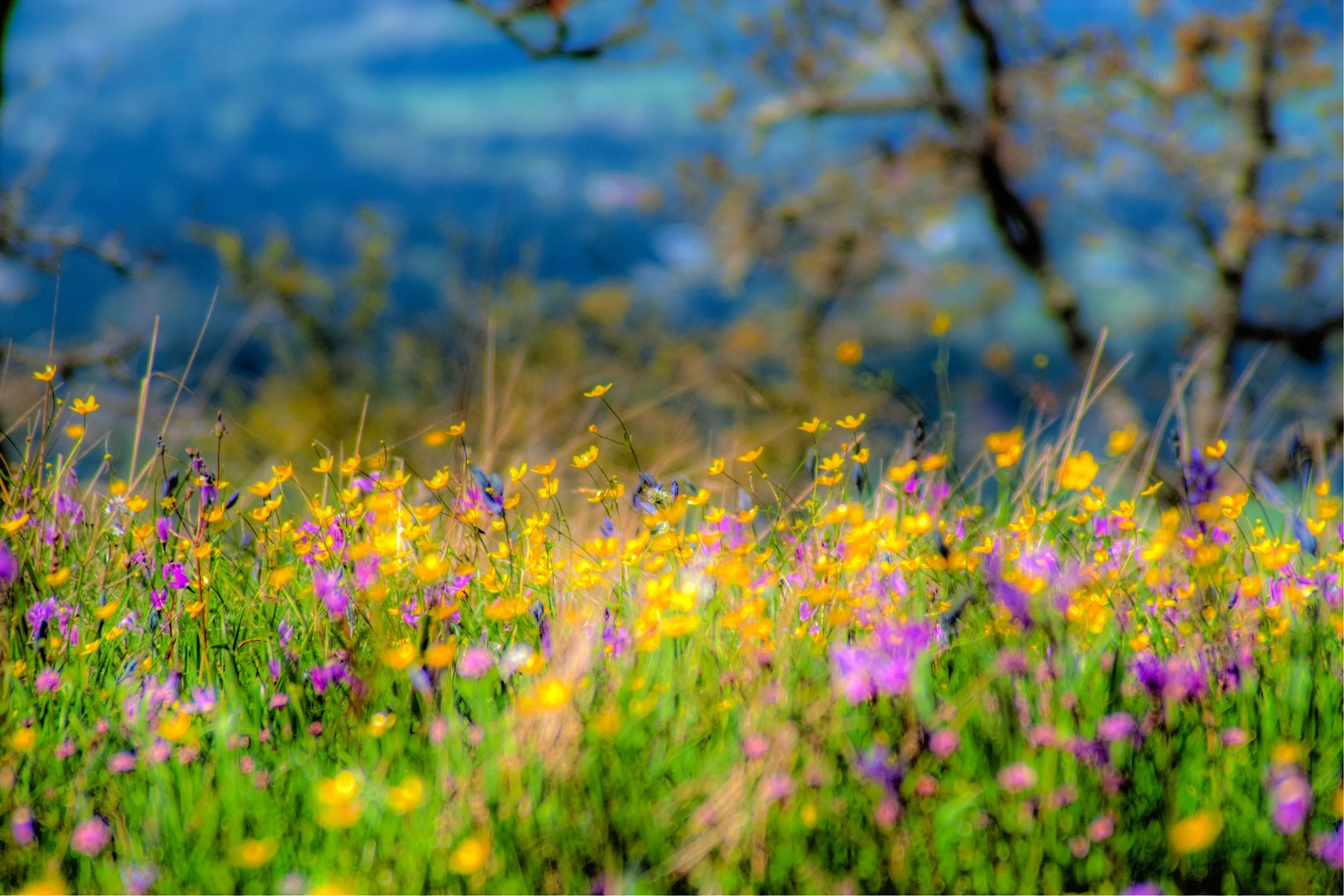Gold is the new green
A changing climate and growing population are both forcing us to rethink how we use our water. Rainy, winter months fill our reservoirs with water for use over the year. Every year, the CRD’s Stage 1 Watering Schedule is in effect from May 1 to September 30, unless more strict conservation measures are necessary. This ensures the region’s water reservoirs aren’t over-tapped. Did you know that in the summer months, water use doubles? This is largely due to non-essential outdoor uses like lawn and garden watering. By conserving water use, we can ensure that there is enough water all of us, including ecosystems, and fish too!
How can you help?
Plan to let your lawn go golden during the summer months (May-August)! Concerned that your lawn won’t turn green again? Don’t panic! Lawns naturally go dormant in the summer in response to the dry, hot conditions, and will return to green again in the fall. Grass has a natural defense mechanism that occurs when a lawn is stressed due to lack of water. Your lawn is turning gold to conserve energy. A golden lawn shows that you care about water!
Pro Tip: Plant your garden with drought tolerant native plants. Choosing native plants is beneficial because they have evolved to thrive in this region. You won’t need to worry about daily watering! Look for oak and/or prairie plants. Their ability to thrive in drought-stricken summers and wet winters make them a great choice for any gardener wishing to save water and are a powerful option in a naturescaper's effort to increase our regional climate resilience.
If you choose to keep your lawn green, be sure to water wisely.
Tips for a healthy, resilient lawn:
Be efficient. Watering deep but less frequently will actually benefit your lawn. Your lawn needs at most 1 inch of water each week, including rainfall, even in the driest conditions. Use an empty container in your yard to determine how long your sprinkler system takes to provide one inch of water to your lawn.
Let it breathe. Aerating your lawn will allow oxygen and water to reach the roots.
Mow high (cut only the top 1/3). Longer lawns promote deep root growth, and prevents evaporation by providing shade for the soil.
Try leaving grass clippings on your lawn as a natural fertilizer. Grass clippings provides moisture and 30% of the nitrogen required. Nitrogen (a main component of fertilizer) is used to promote growth.
Stay sharp. Keeping your lawn mower blades sharp will ensure that the blades will cut the grass, not rip it. Ripping leads to disease and discolouration.
Learn more:
Water Conservation - CRD
Watering Schedule - CRD
Water Wise Lawn Care - By Season
Healthy Lawn Care - Starts with Your Soil

